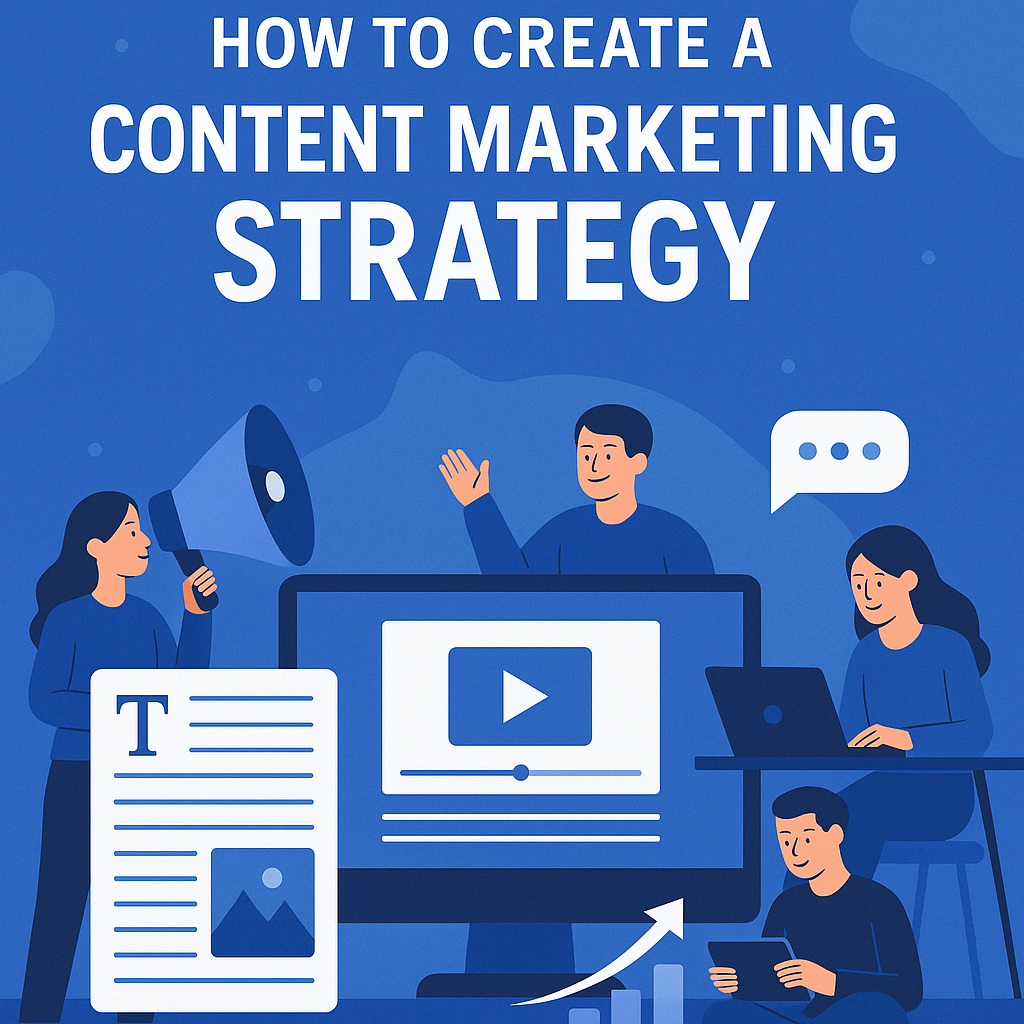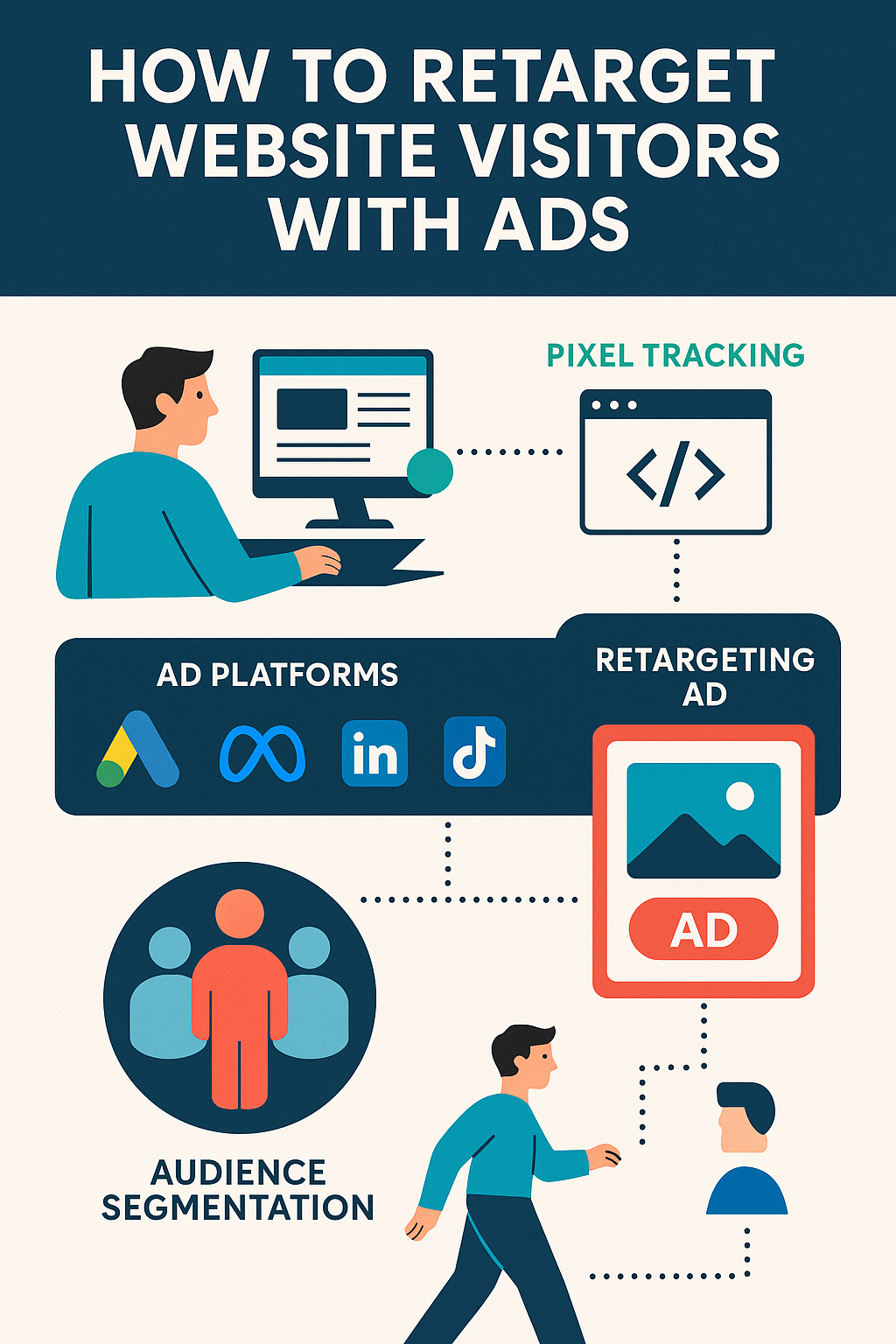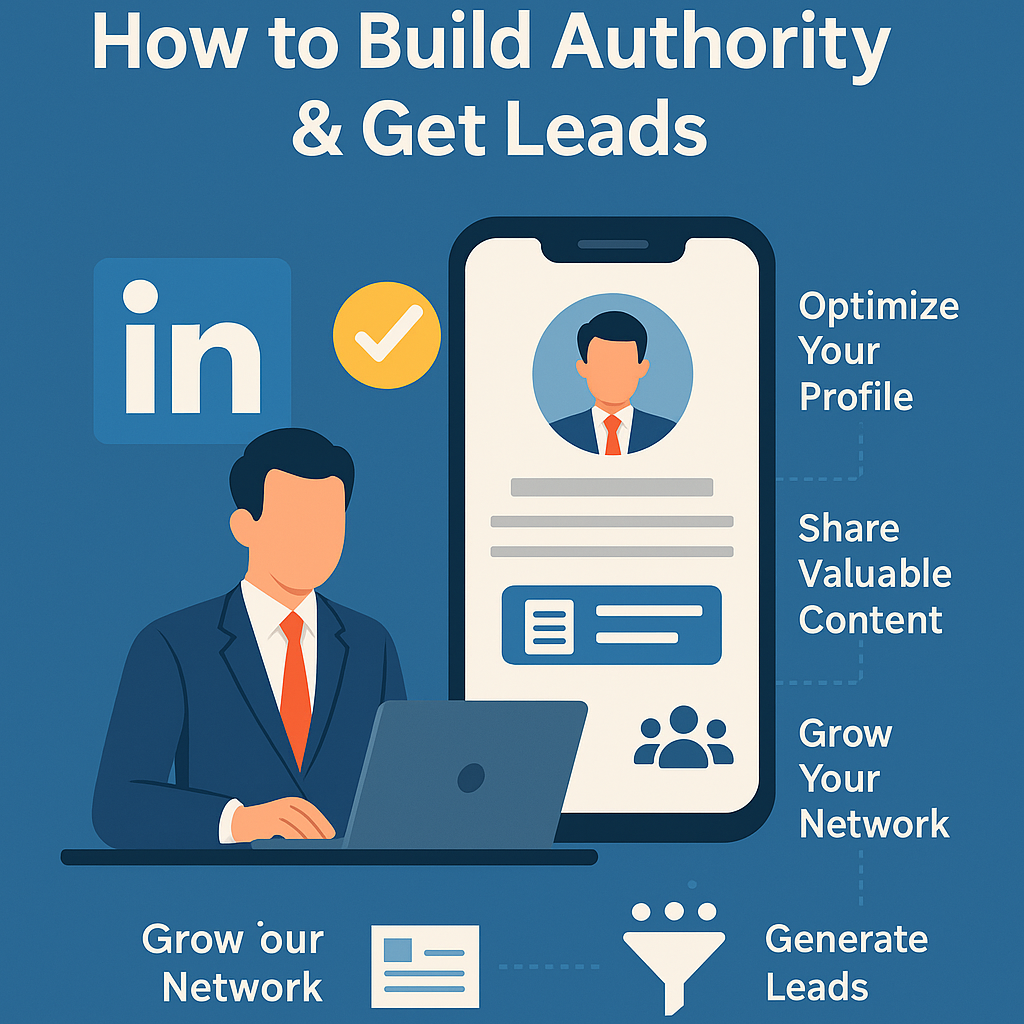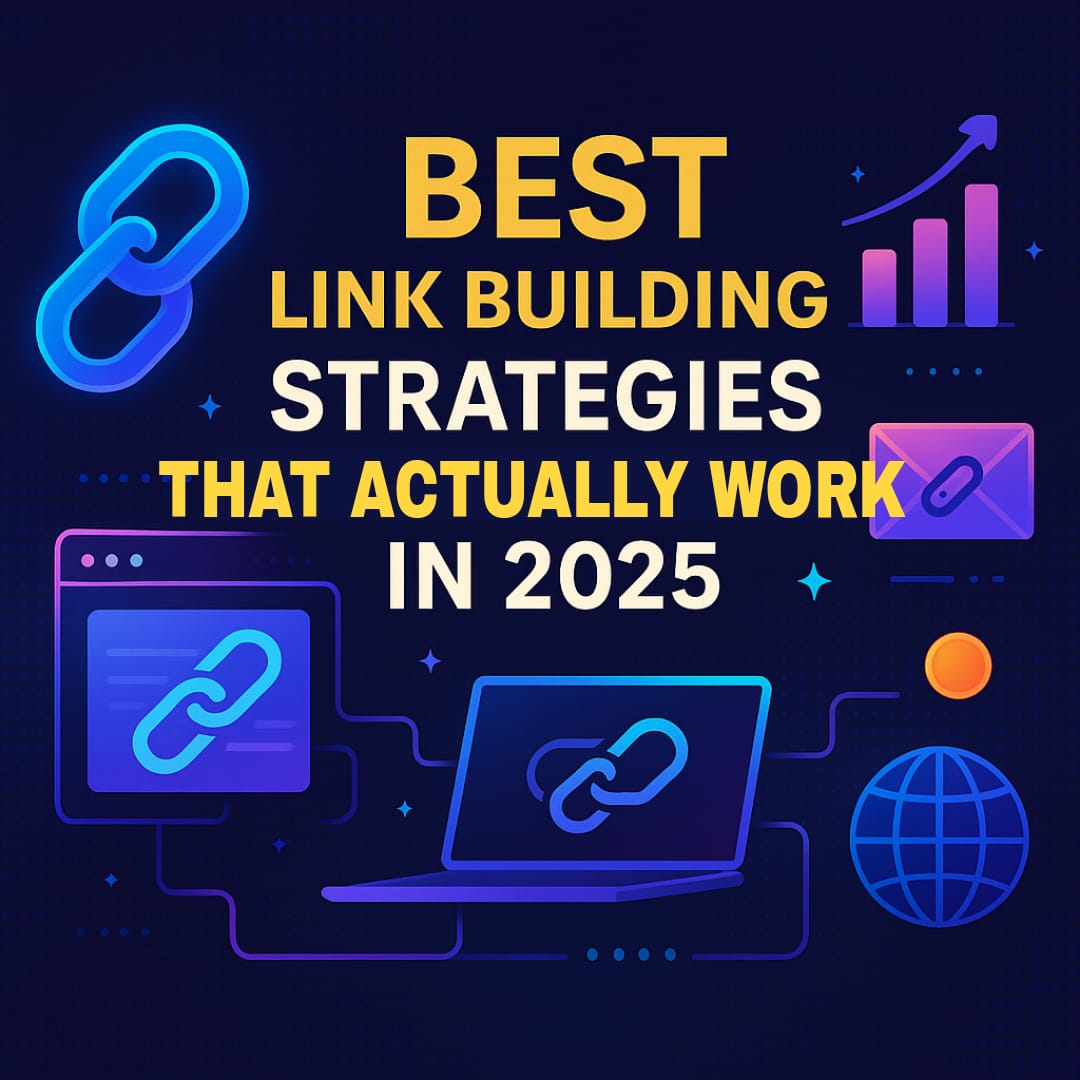Table of Contents
Introduction: Why Content Marketing is Important
According to Adobe for Business Content marketing is a strategic business approach that uses digital assets (like text, images, and video) to attract and retain a defined audience. It creates long-term value by building trust, deepening engagement, and guiding prospects through the customer journey.
Content marketing is the process of creating valuable, relevant, and consistent content to attract and engage with a defined target audience. Unlike an advertisement that disappears as soon as your budget is done, content marketing is an investment that you will not regret. A well-constructed blog post, video, infographic, or case study can continue to bring traffic to your site years after it was created.
For digital marketers, content marketing is the backbone for their SEO (search engine optimization) and monetization strategies. It is the glue that joins your brand to all the potential customers that have yet to meet you. A steady collection of written, video, and infographically referenced pieces of content, optimized for the right keywords, provide search engines with many established paths to go down, they will ultimately rank you higher than the competition. The more valuable SEO friendly content on your site, the more credible it will appear, resulting in more backlinks, higher rankings, and better AdSense revenue.
Step 1: Clearly Define Your Content Marketing Goals
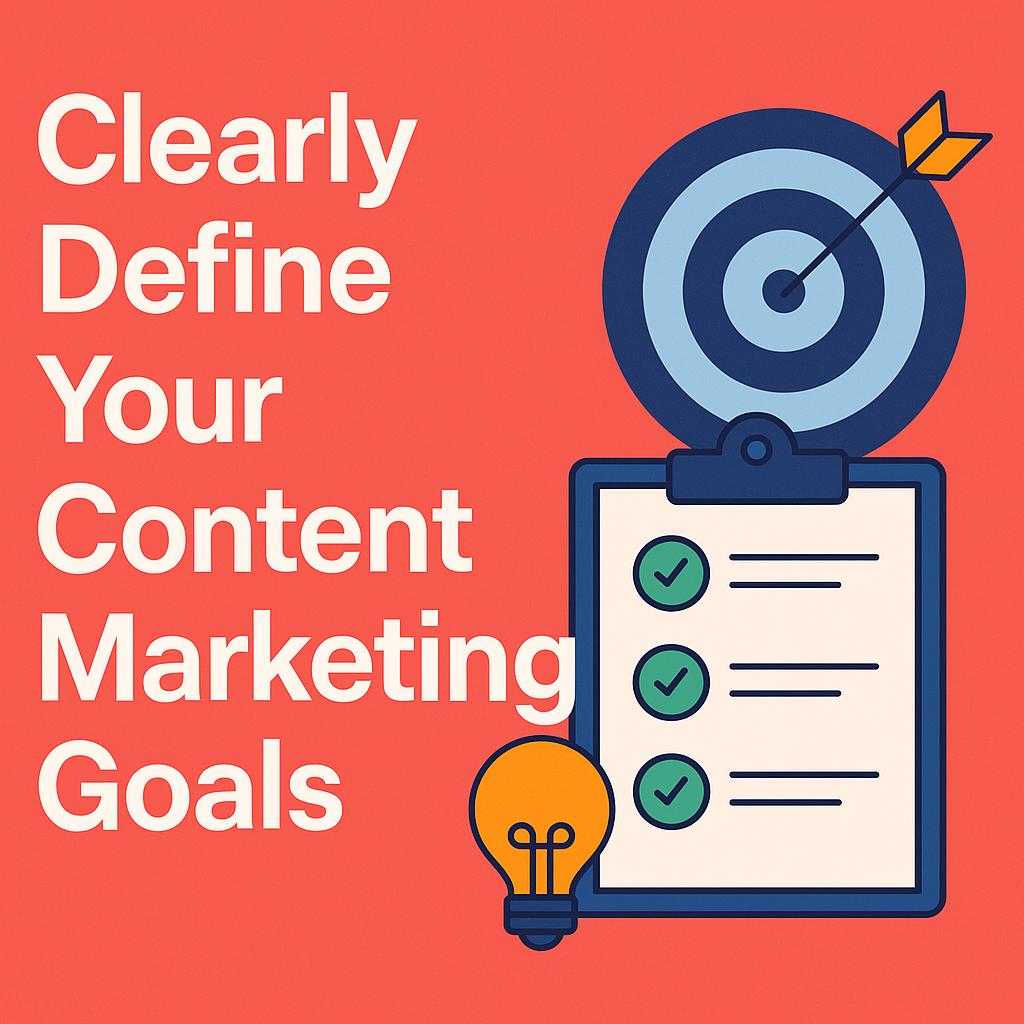
The very first thing we want to establish is clarity. One of the first questions you should ask yourself as a content creator is: what do I want my content to do for me?
Here are some very common content marketing goals to consider:
Increased website traffic
- Increased website traffic
- Brand awareness
- Leads & sales
- Thought leadership
- Social media growth
If monetization is your aim, you will want to look for long-form content to rank for high-CPC keywords. If branding is your goal, telling stories and case studies will help. Keeping your goals aligned will keep you from wasting time producing content that may not help you accomplish your bigger vision.
Step 2: Research and Understand Your Audience
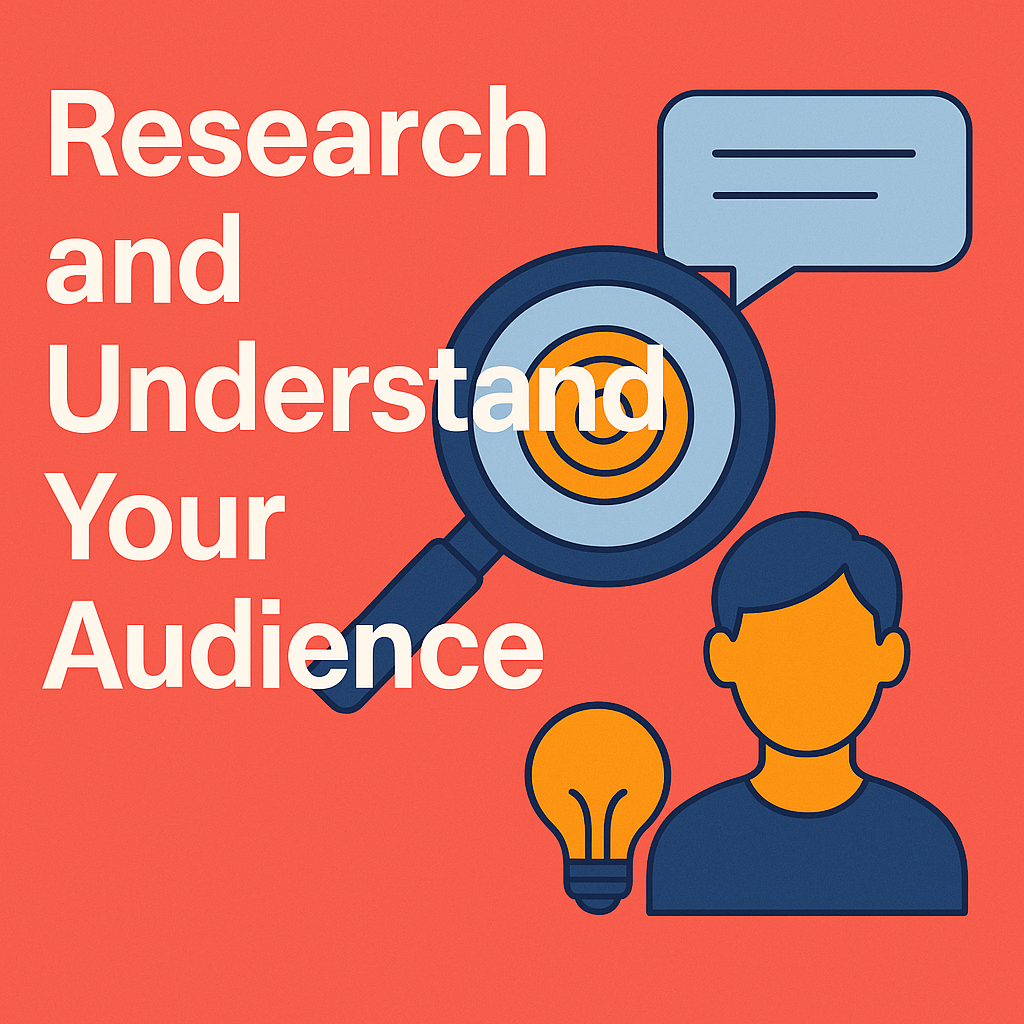
Creating content without knowing your audience is like throwing throw darts in the dark. For the content to work you need to know who your writing for.
Ask yourself:
- What are their pain points? (main problems)
- What question are they asking in the online space?
- What social platforms do they use?
- What type of content do they respond to (videos, blogs, guides, etc)?
Creating Audience personas are incredibly valuable in this step. Create the profiles of your ideal customers capturing Demographics (age, location, income), Psychographics (interests, values), and Behaviors (shopping habits, media habits, etc.). There are lots of tools and data sources you can turn to, including Google Analytics, SEMrush and online surveys.
When you create content targeting your audience because you have researched audience personas, your content resonates, more people engage, and your content has a better chance of ranking in search engines.
Step 3: Conduct Keyword Research for SEO
Keywords are at the heart of SEO. You need to have a solid strategy for content and on SEO, the first step is to understand what people are searching for. You should focus on both short-tail keywords (e.g., “content marketing”) and long-tail keywords (e.g., “how to create a content marketing strategy from scratch”).
Research in this space can be done using tools such as:
- Google Keyword Planner (free)
- Ahrefs or SEMrush (paid but robust)
- Answer The Public (helpful for content ideas)
Pro tip: Select keywords with informational intent (“best tools for content marketing”). They will still lead to monetization easier since the keywords present as informational.
Select keywords that have high volume but low competition. Use these words in a natural way in headings, sub-headings, meta description and body of your article, so you can increase your organic position. Don’t keyword stuff – Google likes content that reads naturally for users.
Step 4: Plan Your Content types and formats
Different audiences consume content differently. Having a strategy to produce a variety of formats will help maximize your reach, including:
- Blog Posts: evergreen guides, list-styled posts, tutorials
- Videos: YouTube or short-form TikTok/Reels for visual learners
- Infographics: ideal for Pinterest, LinkedIn or Instagram shares
- Case Studies: showing the proof and application of success
- Podcasts: establish authority and build a network of loyal audience members
When it comes to AdSense, written blog content is still the most index-able and scalable. You will want to write long-form articles (1500-2000 words +) because they provide coverage on a subject, leading to higher dwell-time and backlinks. Google loves authoritative and long form content.
Step 5: Create a Content calendar
Consistency is crucial! Having a content calendar will ensure you publish on purpose, not by accident, in fact! Also, search engines will reward you for fresh, consistent blog content!
Some tips for developing your content calendar:
- Try to plan at least 1–2 months ahead.
- Take inventory of primary and secondary keywords and pair them with a blog topic.
- Mix some evergreen topics with some trending topics.
- Set deadlines for the drafting stages (drafting, editing, publishing and promotion).
- Use Trello, Notion, Google Sheets, or Google Keep to keep yourself and your team organized.
Having a rhythm to publish will communicate with Google that your site is active and trustworthy!
Step 6: Optimize content for SEO and AdSense
To help your content to be search engine friendly and AdSense friendly, here are some best practices for SEO and AdSense.
SEO Optimizations:
- Your primary keywords should appear in a few very key areas: the title of the blog, the URL slug, and the first 100 words of the blog.
- Use H2 and H3 subheadings of very similar keywords
- Link internally to your own blog posts and externally to authority websites.
- Add images with ALT tags that detail the image in SEO terms.
- Work to have a fast website and mobile-friendliness!
AdSense Optimizations:
- Do your best to write long-form content! (1500–2000+ words).
- Place ads in optimal positions: 1 above the fold, several within content, sidebar, and at the end of the post.
- Don’t bombard your readers with ads or place them in an annoying position—Google frowns on that.
- Make your blog easy to read: short paragraphs, bullet points, and extraneous information formatting.
Step 7: Promote your content

Publishing is just the first step. The only way for you to get indexed and seen is to promote like crazy:
- Post on social media platforms (LinkedIn, Twitter, Instagram, TikTok).
- Repurpose your blog content into short-form videos, infographics, or slides.
- Build backlinks through guest posting and collaborating with other creators.
- Use email marketing to notify people to new content.
- Join relevant communities (Reddit, Quora, Facebook groups) and share your knowledge.
The more places your content is seen, the faster it will rank and start making traffic and wreaking AdSense dollars.
Step 8: Track, Measure, and Optimize
Strategies are never perfect when they are first executed – you have to continue to measure and adjust.
Measure these:
- Organic traffic (Google Analytics)
- Keyword ranking (Ahrefs/SEMrush)
- Bounce rate and session length (to measure engagement)
- Click through rate on ads (for AdSense earnings)
If certain articles are doing well, keep them up-to-date. If others are not, measure them – Was the keyword too competitive? Did you not optimize? Was the content too thin?
Common Problems with Content Marketing (and How to Solve Them)
Even when you have a strategy in place, there are bound to be challenges you will face. Common challenges include:
- Content doesn’t rank: This can happen for several reasons, including overly competitive topics, poor keyword targeting, or lack of backlinks.
- Low traffic even when you do rank: The culprit could include poor headlines or low click-through rates on search engine results.
- Content burnout: This happens when it’s hard to create new content regularly, and consistent posting and quality does matter — batch creating and outsourcing can help with this
- Monetization can be difficult: If you have low revenue on AdSense, consider affiliate marketing along with using ads.
Every challenge has a solution, and if you can remain adaptable, and continue to test and implement, you can solve most challenges.
The Future of Content Marketing in the Age of AI
AI tools, like ChatGPT, Jasper, and Copy.ai, have certainly changed the way content is created. These tools have made writing more efficient and have allowed companies to create content faster than ever, but it will not replace the human writer. AI can be used for research, ideation, or even drafting articles, but the marketer that is smart will use AI as a tool to support creativity rather than replace it.
The future trajectories to consider:
- Voice search optimization as smart assistants become more popular.
- Interactive content like calculators, quizzes, AR (augmented realty) experiences, or immersive storytelling.
- More personalized content driven by AI algorithms.
- Video-first strategies as video platforms, like Youtube and TikTok, dominate.
As you start to be flexible and build a content strategy that allows for and accounts for the inevitable AI-driven disruptions marketers are going to experience, you can remain one-step ahead of your competitors.
Conclusion: Building a Long-term Content Machine
Building a Long-Term Content Engine Starting a content marketing strategy fro scratch is a lot of planning, research, and consistent execution. By using goal-oriented strategy and a clear sense of audience and SEO practices, you’ll be doing everything you can to make your site worthy of indexing and profitable for AdSense. Content marketing is a long game. Each blog post is, in a sense, a seed; if you plant enough with the right cultivation, you’ll have an evergreen forest of traffic, leads, and revenue.
Last tip: Keep up. The digital landscape changes quickly but if you commit to consistent content creation, smart optimization, and stay flexible as new tools like AI become available, your site can become the go-to authority in your niche for the long run.
For more such articles click here.
FAQs on Creating a Content Marketing Strategy
What is the first step of building a content marketing strategy?
The very first step is determining your goals. You have to be clear about whether you want traffic, leads, brand awareness, or direct monetization. Once you know the “why” the rest should fall into place.
How long should a blog post be for SEO and AdSense approval?
Long-form content of 1,500 to 2,500 words usually works best. This allows you enough space to cover a subject broadly, use keywords organically, and space your AdSense ads for greater efficiency.
Do I need to post every day for my content strategy to work?
No. Quality is better over quantity. Posting once or twice per week with optimized, high-value articles is much more valuable than daily low-quality posts. Consistency over frequency!
Can AI tools help me with content marketing?
Yes, AI tools can help with brainstorming ideas, laying out outlines, or speeding up the writing process, but human editing, creativity, and personalization are required for SEO rankings and value in the eyes of the reader.
How can I help to ensure my content is indexed by Google?
You’ll want to focus on SEO: using relevant keywords, submitting your sitemap to Google Search Console, authoring fast page speed, and backlinks. New, fresh, original content typically gets indexed quickly, compared to old.
Is AdSense the only way to make money as a content marketer?
Definitely not. AdSense is a great place to start, but using affiliate marketing, sponsored posts, digital products for sale, and email funnel marketing can help you build multiple streams of income.
How long does it take to see results from a content marketing strategy?
That all depends on your niche and competition. Most websites can see a significant increase in traffic in 3-6 months, but the real authority and better AdSense earnings often take consistent effort over 12 months.
